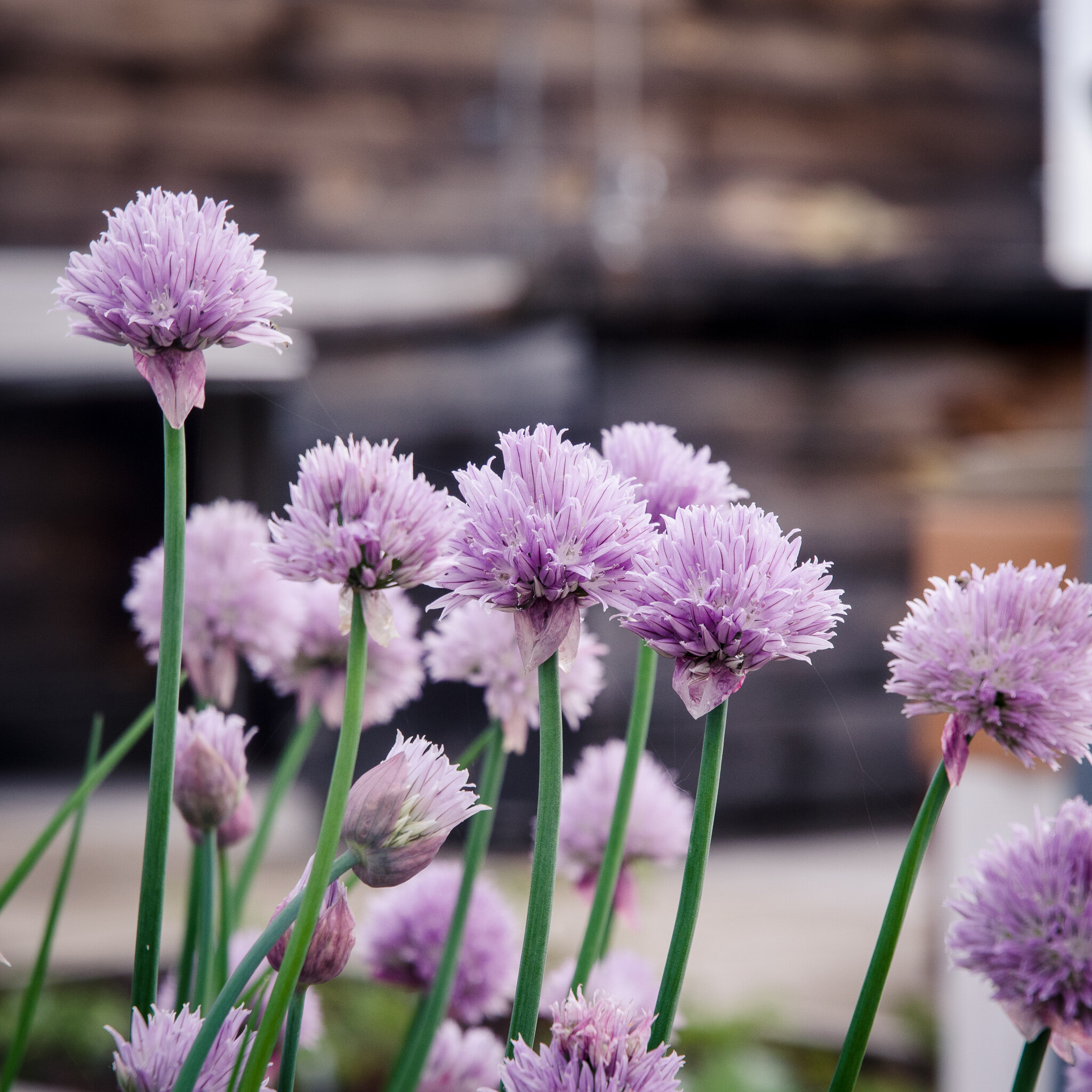Get Started: Edible Flowers
Important Guidelines
Not every flower is edible! Eating unknown flowers can make you very sick.
For this reason, always identify the flower exactly and eat only edible parts of those flowers. KNOW your flower varieties!
Never spray pesticides or chemicals on any part of any plant that produces blossoms you plan to eat.
It is best not to harvest and consume flowers from the roadside.
Never use flowers from the florist – they are often chemically treated.
Common Edible Varieties
Delicious chive flowers!
Popular edible flowers include squash blossom, clover, daisies, dandelions, hibiscus, borage, honeysuckle, lavender, lilac, mums, nasturtium, pansies, roses, sunflowers, and violets.
How to Use
Start with flowers that you grow organically, which ensures that they are pesticide-free. Before consumption, remove the pistil and stamen then rinse the petals thoroughly and lay on a towel to dry or blot carefully. Flowers make excellent and visually appealing garnishes for salads, butters, vinegars, sugars and savory meat dishes. Dried flowers are a staple in teas across the world. Some sweeter varieties like rose, lavender, and carnation are popular for adding to desserts. Remove the white base of the petal, which is usually bitter tasting. You will often use individual petals to incorporate into recipes but for decorating, whole flowers or clusters of flowers can be used.
Herbs
Herbs may be grown for harvesting either their flowers OR their leaves, depending on your desired use. Certain herbs are known for their flavorful flowers, including Munstead Lavender (sweet), Bee Balm (spicy), Pineapple Sage (sweet), and Chives (savory). However, if you are not specifically harvesting the flowers, you should cut back your herbs before they flower so that the leaves don’t become bitter and the plant can focus its energy on leafy growth. Cut or pinch off flower buds to keep your plant focused on growing flavorful leaves.
Recipes
Spring Salad with Edible Flowers
Nasturtium Pesto (leaves & flowers)
Hibiscus Iced Tea (Agua de Jamaica)
This blog post is responding to a question asked by one of our community members! To submit your own question or topic, click here.

